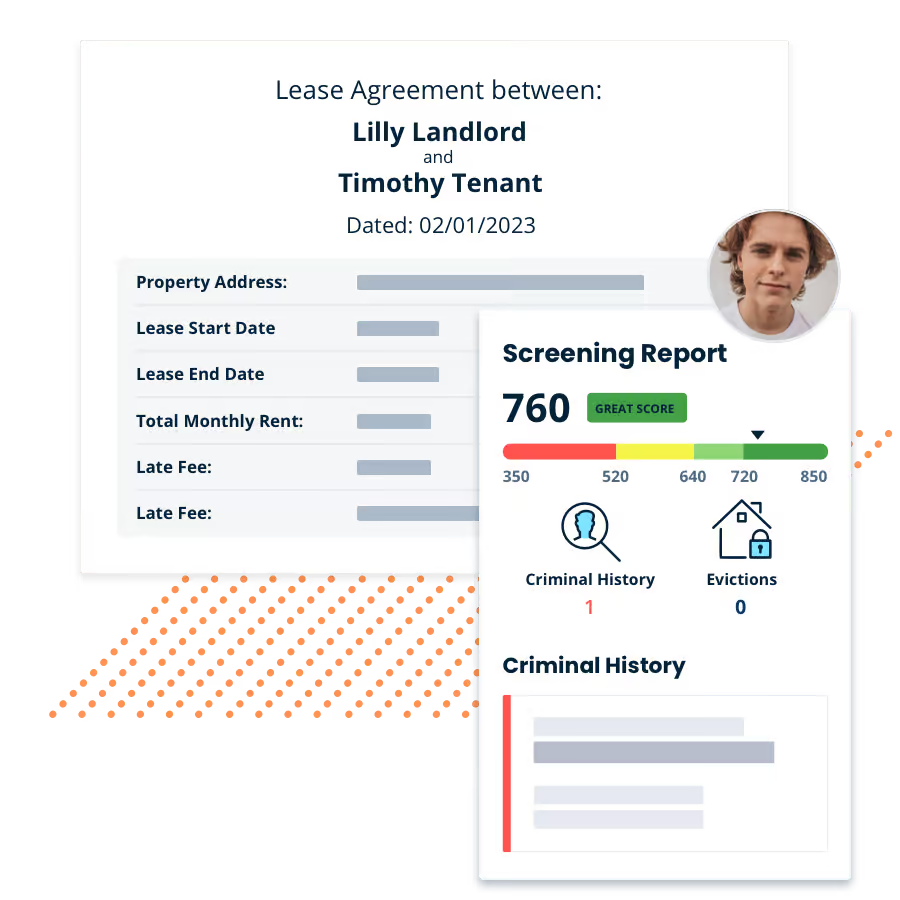Table of Contents
Reasons for Eviction
California eviction laws state that landlords must have “just cause” to evict tenants; examples include:
- Nonpayment of rent or late payments.
- Breach of material term of the lease
- Nuisance, waste, or using the premises for unlawful purposes
- Criminal activity on-premises or criminal activity off-premises directed at the owner or agent
- Refusal to allow lawful entry
- Refusal to execute a new lease on similar terms.
Notice to Vacate
For serious or repeated violations, Landlord can issue a 3-day Unconditional Notice to Quit and tenants would need to move out within 3 days. If tenants remain on property after the 3rd day, the landlord can file an eviction lawsuit.
- 30-day notice to quit for non-renewal of lease. Month-to-Month under 1 year
- 60-day notice to quit for non-renewal of lease. Month-to-Month, over 1 year
Notice to Comply
- 3-Day Notice to Pay or Quit for failure to pay rent (when past due)
- 3-Day Notice to Cure Violations or Move Out – for violation of a material lease term.
Serving the Tenant
Anyone 18 years or older and not a party to the case can serve the tenants with the complaint and summons within 60 days of filing. Papers can be served on any competent member of the household and mail a copy to the address. With the court’s permission only, a landlord can post a copy of the summons and complaint on a visible party of the property and mail a copy to the tenant’s last known address.
Tenant Possessions
California eviction laws state property left behind must be itemized and a copy sent to the tenant(s). Landlord must safely hold onto this property for 18 days. Any unclaimed property worth more than $300 must be put up at public action. This information will need to be sent to the tenant.

Eviction Timeline
In the state of California, the eviction process commences when tenants are given a 3-day, 30-day, or 60-day notice to vacate their residence. After this notice period, if the tenants have not moved out, the landlord can begin eviction proceedings with the court. The tenant is then officially served with a Summons and Complaint, and has a window of 5 days to file a response. If the tenant doesn’t answer, the landlord is permitted to file a Motion to Enter Default Judgment in their favor. Following this, the tenant is given a Sheriff’s 5 day eviction notice, and the Sheriff may then carry out the eviction. If the tenant answers the complaint, the procedure moves into the discovery phase, leading to a trial. A Notice of Hearing is issued, setting the trial to occur within the subsequent 30-day period.
How to Start the Eviction Process?
To commence the eviction process in California, a landlord must first issue a 3-day notice to the tenant. This notice tells the tenant to remedy the issue or leave the property within three days.
How to Stop the Eviction Process?
To stop the eviction process in California, the tenant can file a motion for dismissal. This legal action might be justified if there was incorrect service of the eviction notice, or if the landlord didn’t comply with legal regulations.
How Long is the Eviction Process in California?
30-45 days or longer. If the landlord wins the case, tenant’s will receive a Writ of Execution and they will need to leave the premises before the date the Sheriff will be out to the property (5 days). Tenants can appeal to extend their stay up to 40 days and file for a stay of execution. If granted by the court, they will be given a grace period of 40 days to move out.

